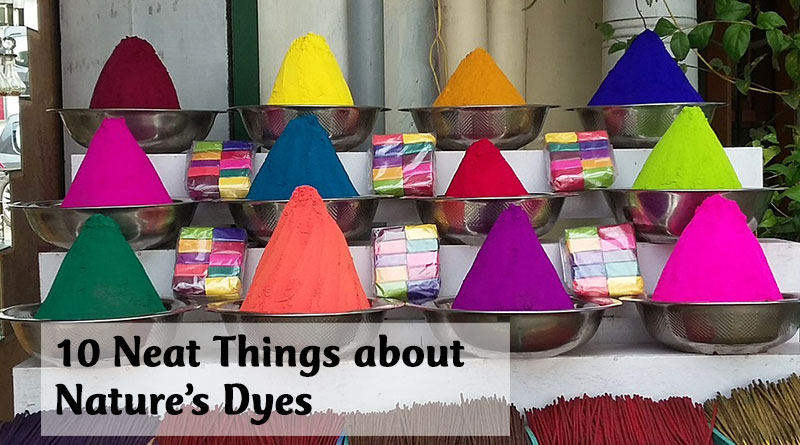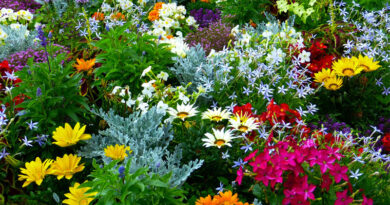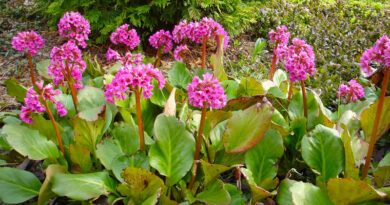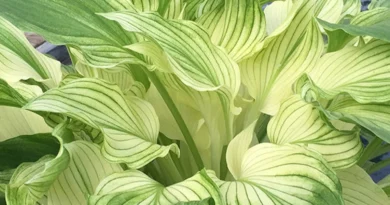About Nature’s Dyes

1. Blue jean pea plant.
A member of the pea family, Indigofera tinctoria, the plant that produces blue jean blue, has been in use as nature’s dye for thousands of years. Discovered in ancient India it has been prized through the centuries by many cultures. Indigo was so precious that Benjamin Franklin took 35 barrels from South Carolina, where the imported plant was the second most important crop, to sell in France in 1776. It helped fund the war.
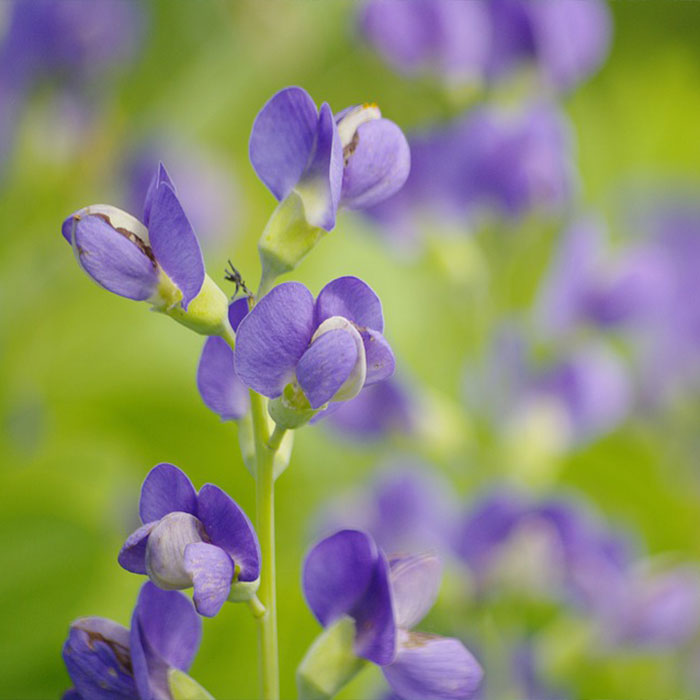
2. A plant by many other names can be as blue.
Indigo is not the only plant to produce blue. In Europe and especially Britain it was woad, Isatis tinctoria, a yellow-flowered member of the brassica family, from which the colour was extracted. Woad contains the same chemical as indigo. Indigo can also be extracted from Strobilanthes cusia (also known as Chinese rain bells or temple bells) from Japan and Taiwan, and Indigo suffruticosa from South and Central America. In North America, the Indians used Baptista australis, wild or false indigo, to make blue dye. Rubia tinctorium, the Asian plant root usually used to make red, was also used to make blue.
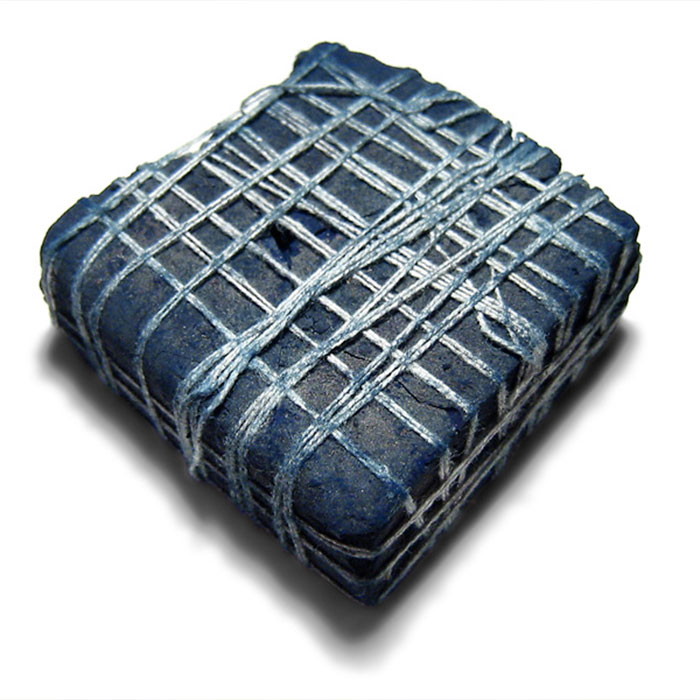
3. Making blue from green.
Soaking and paddling or fermenting green leaves of blue-making plants in water results in the indigo eventually separating and falling as a sediment to the bottom of the vessel. When the water is poured or siphoned off, the sediment can be dried as a powder or formed into cakes. To reconstitute the indigo for dyeing, the product, which won’t dissolve in water, requires the agency of an alkali such as lye, baking soda or even urine. Indigo further requires the introduction of oxygen to turn blue.
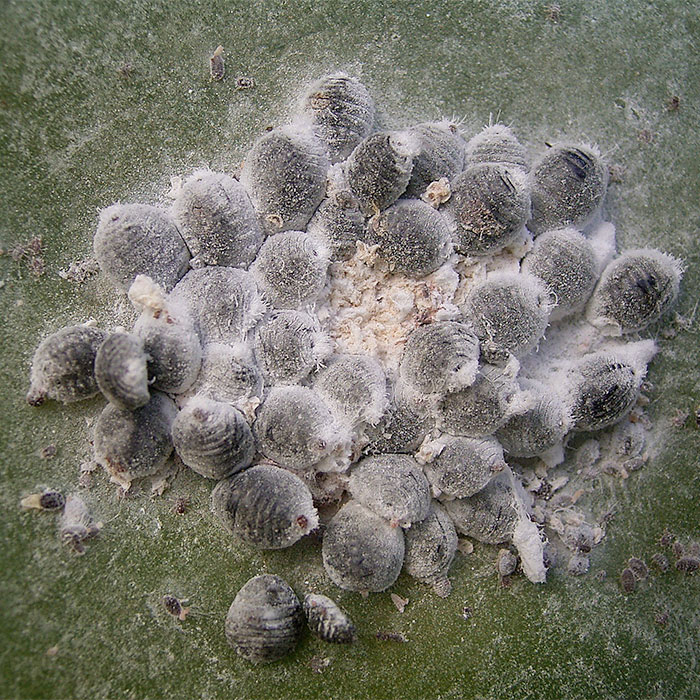
4. Red from bugs and roots.
The best-known red dye from the cochineal bug is true carmine red. Cochineal is a bug that ranges from Mexico to South America feeding on the cactus genus Opuntia. Up to 24 percent of the insect’s body and eggs contain carmine acid which, when mixed with aluminum or calcium salts, produces the deep red dye.
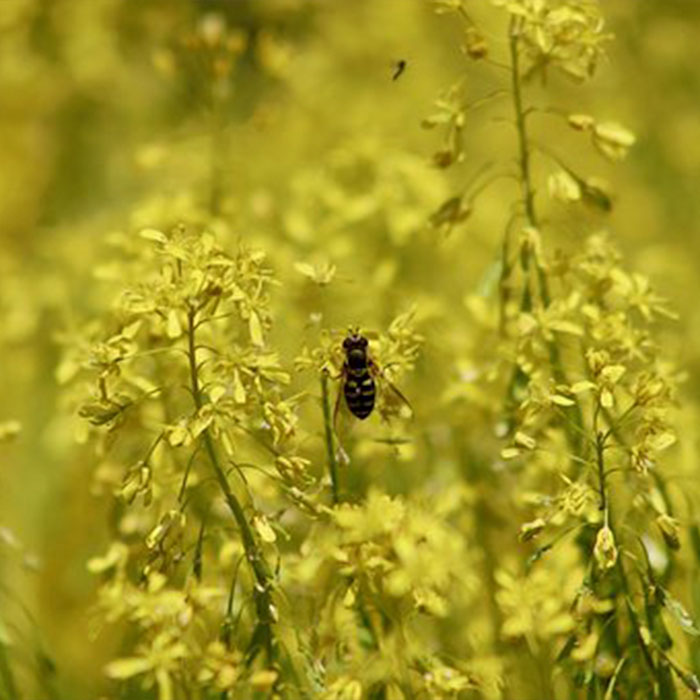
5. The root of the madder.
Rubia tinctorium, or madder, is a climbing evergreen plant from the Mediterranean and southern Europe. It is the source of painters’ madder lake, a rose red. Sadly, this lovely red fades over time if exposed to light.
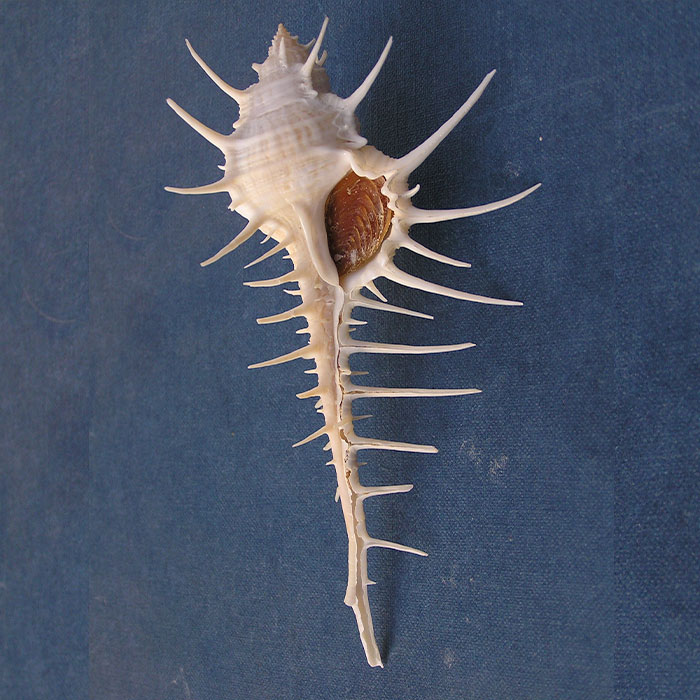
6. The royal mantle bestowed by snails.
In ancient Tyria, Tyrian purple was extracted from the murex, the rock snail. It was so rare (it takes 12,000 snails to make 1.4 grams of the stuff) that its use was strictly reserved for royalty – hence the royal purple of ancient texts. The colour can be obtained from the snail with consent: just poke it (called “milking” the snail), or by force, as in crushing, which is more destructive but also a lot more efficient.
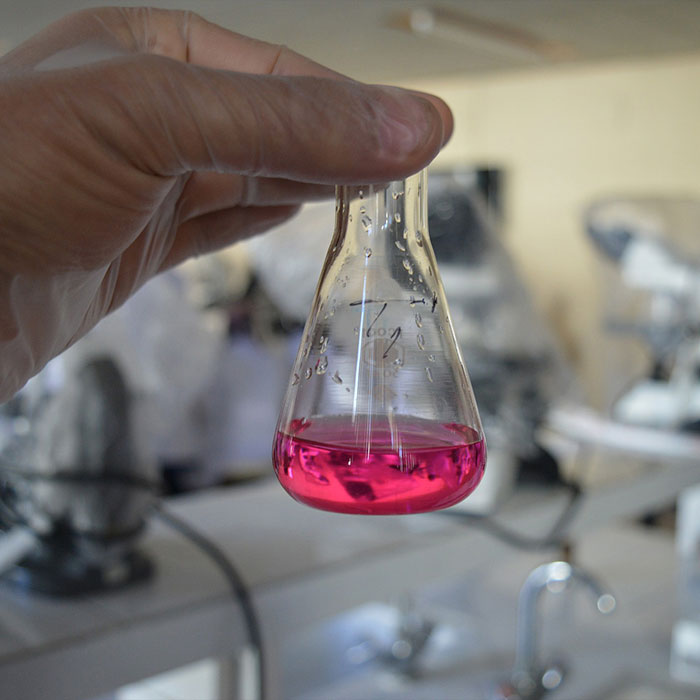
7. Power to the world.
Indigo, rubia and Tyrian purple dyes all have electricity conduction properties for use in thin-film conducting or, in the case of a substance called purpurin from madder, in replacing cobalt in batteries. Organic dyes are being explored for the use in display, photovoltaic and light-emitting devices, as well as in transistors, flexible electron devices, molecular electronics and sensor applications.
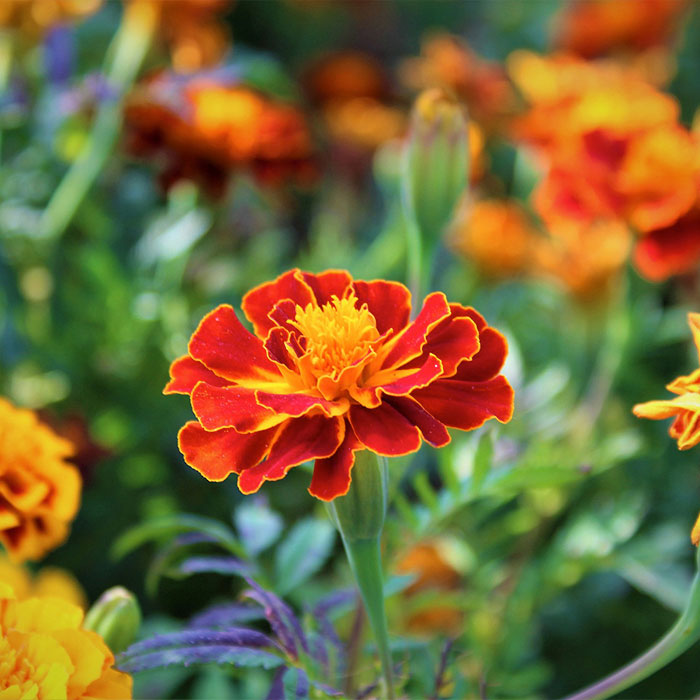
8. Marigolds for yellow.
One ounce of dried marigold flowers can dye a skein of wool a sunshiny yellow. Place your ounce of petals into a quart of water. Stir and bring to a boil for 60 minutes. Strain the solids out. Let the dyed water cool for 15 minutes. Add prepared wool, raise the temperature to 180 degrees and simmer for 30 minutes.
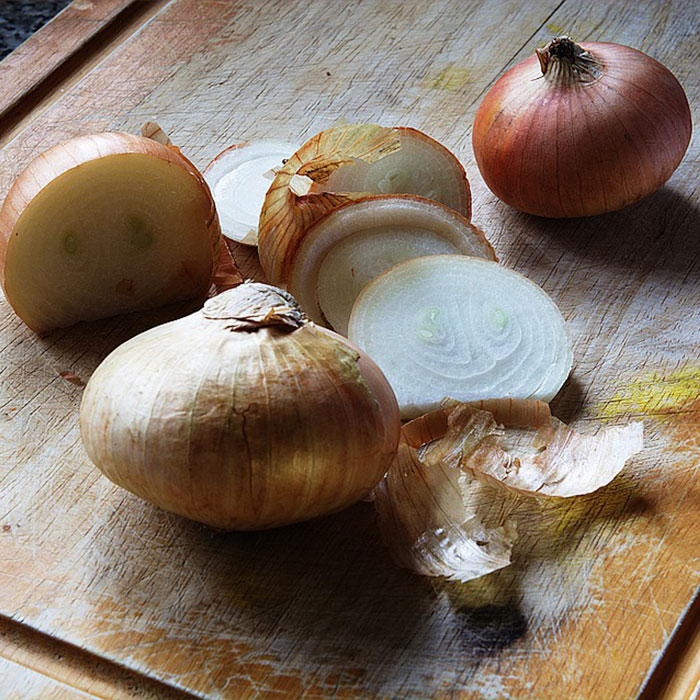
9. Vegetable and fruit colour soup.
Onion skins will give you orange and so will carrots. Walnut hulls and beetroot will produce dark brown. Strawberries and cherries will produce shades of pink. Mulberries give you purple and elderberries will give you lavender. Spinach and sorrel leaves will both provide green.

10. Counter intuitive greens.
While Artemisia, or mugwort, is the source of a wide range of greens, some greens come from unlikely sources. For example, lilac flowers make green dye and so will the skin of red onions. Purple coneflower flowers and the pink and red petals of camellia will also produce green. Add some copper to hydrangea flowers for celery green.
– Dorothy Dobbie Copyright©
Pegasus Publications, Inc.

